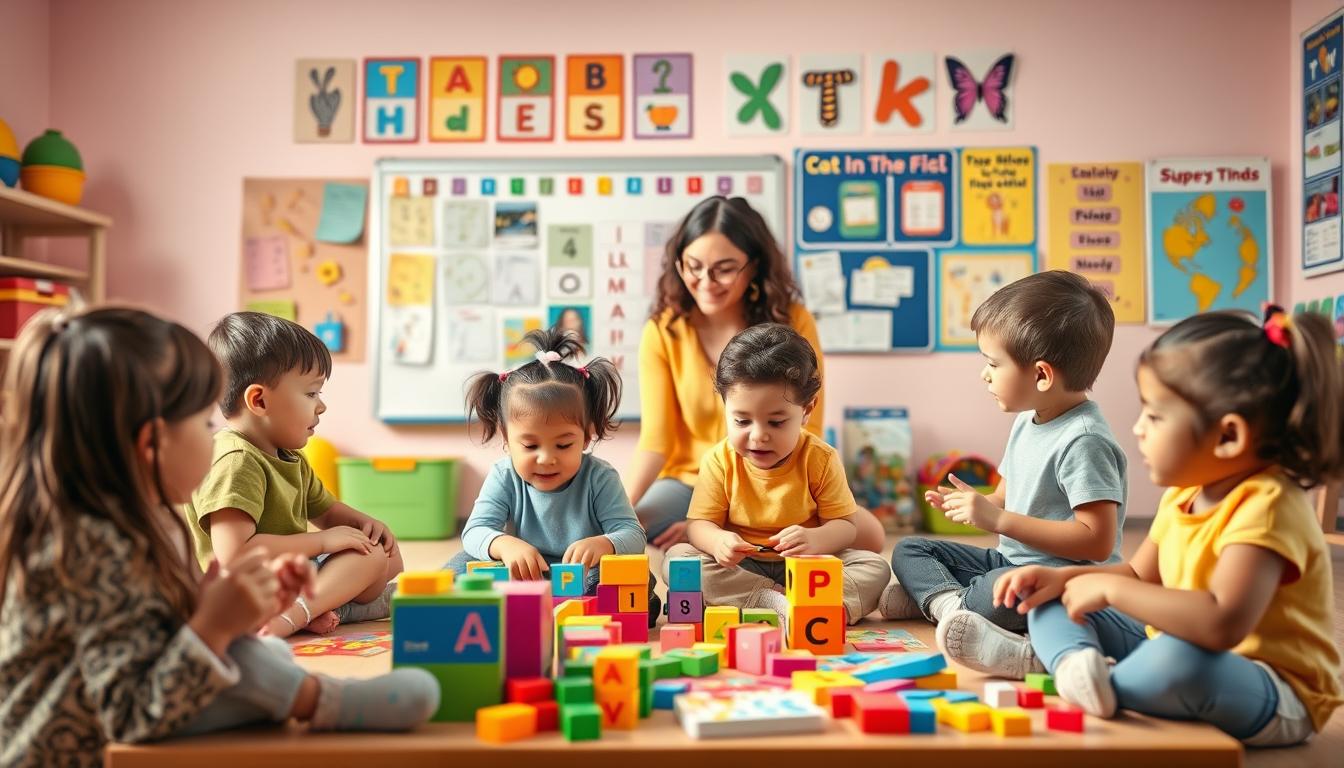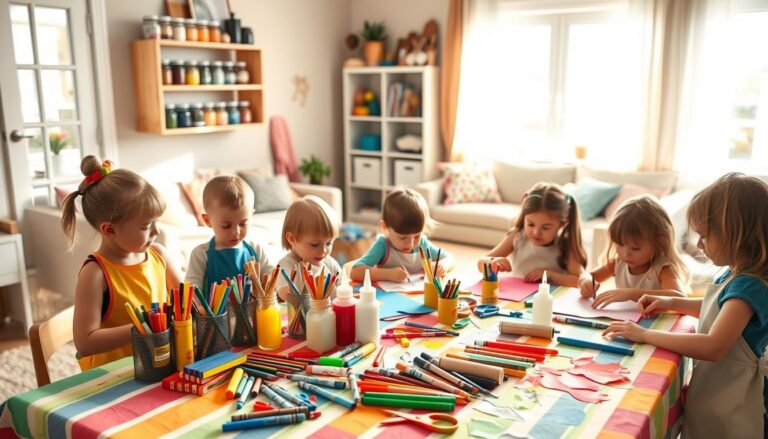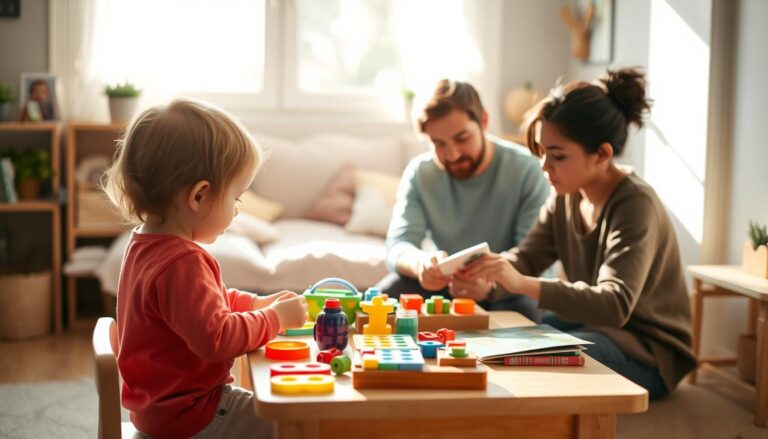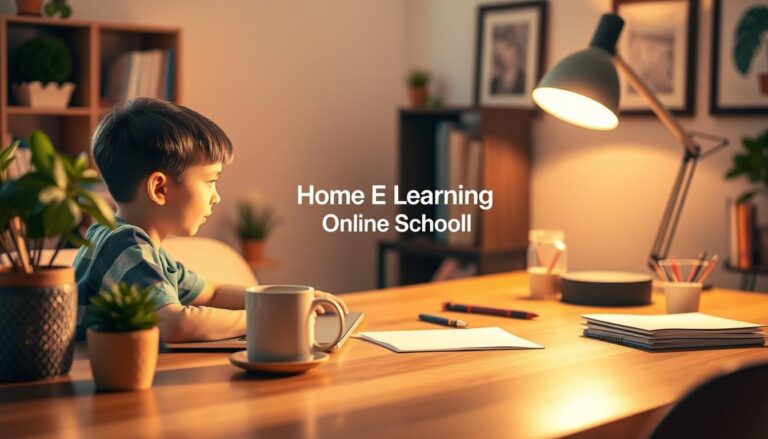Language Development Games for Early Learners
Did you know that every sound, gesture, and expression your child makes is a step toward building their communication skills? From the moment they are born, children begin to explore the world through nonverbal cues like facial expressions and gestures. These early interactions lay the foundation for speech and vocabulary development.
As parents, we play a crucial role in nurturing these skills. Simple games, reading stories, and playful interactions can make a big difference. For example, mimicking animal sounds or pointing to objects while naming them helps your child learn new words in a fun and engaging way.
In this article, we’ll explore practical and proven strategies to support your child’s growth. Whether it’s through interactive play or reading together, these methods are designed to make learning enjoyable and effective. Discover how you can turn everyday moments into opportunities for development.
For more insights on early learning, check out our preschool program, which focuses on holistic growth and interactive learning.
Understanding Early Language Development
The journey of communication begins long before a child speaks their first word. From birth, babies use sounds, facial expressions, and gestures to connect with the world around them. These nonverbal cues are the foundation for later speech and vocabulary development.
The Role of Nonverbal Communication in Early Learning
Babies learn by observing their caregivers. Simple actions like smiling, pointing, or making eye contact are powerful tools for communication. Research shows that these behaviors help babies understand how to interact with others and express their needs.
For example, a baby might cry to signal hunger or use gestures to ask for a toy. These early interactions are crucial for building trust and understanding. Over time, these nonverbal cues evolve into spoken words and sentences.
Key Communication Milestones for Babies and Toddlers
Recognizing milestones can help parents track their child’s progress. Here are some key stages to look for:
- Eye Contact: Babies start making eye contact within the first few months, signaling their ability to focus and connect.
- Pointing: Around 9-12 months, babies begin pointing to objects, showing their interest in the world around them.
- Babbling: By 6-9 months, babies produce repetitive sounds like “ba-ba” or “da-da,” laying the groundwork for speech.
By 18 months, most children start using simple words and phrases.
Understanding these milestones helps parents support their child’s growth and identify any potential delays early. Every child develops at their own pace, but these behaviors are essential steps toward effective communication.
Interactive Play and Language Learning
Interactive play is a powerful tool for helping children build essential communication skills. Through games and creative activities, kids can explore new words, sounds, and expressions in a fun and engaging way. These methods not only enhance speech but also foster cognitive and social development.
Using Animal Sounds and Movement-Based Games
Mimicking animal sounds is a simple yet effective way to spark a child’s interest in learning. For example, making a “moo” sound while pointing to a cow helps kids connect sounds with objects. Movement-based games, like hopping like a bunny or flapping arms like a bird, add a physical element that boosts coordination and vocabulary.
These activities are easy to implement at home and require no special tools. Parents can use pictures of animals or vehicles to make the games more interactive. This approach not only makes learning fun but also encourages sound and word recognition.
The Power of Role-Playing and Puppet Shows
Role-playing and puppet shows are excellent for developing conversational skills. By acting out simple stories, children learn to express themselves and understand different perspectives. For instance, a puppet show about a trip to the zoo can introduce new words and phrases in a playful setting.
These methods are accessible and require only basic household items. Parents can create DIY props or use toys to bring stories to life. Role-playing not only enhances speech but also builds imagination and social skills, making it a valuable part of daily routines.
language activities toddlers: Fun and Educational Games
Music and games are excellent tools for helping children build their communication skills naturally. These activities not only make learning enjoyable but also foster essential skills like rhythm, vocabulary, and conversation. Let’s explore two engaging methods that parents can easily incorporate into daily routines.
Singing Songs to Develop Rhythm and Vocabulary
Singing familiar nursery rhymes like “Itsy, Bitsy Spider” or “Twinkle, Twinkle, Little Star” helps children learn the natural rhythm of speech. The melody and repetition in songs make it easier for kids to remember new words. Adding facial expressions and sound effects can make the experience even more engaging.
For example, mimicking the sound of rain while singing “Rain, Rain, Go Away” or using hand gestures for “The Wheels on the Bus” enhances understanding and retention. These simple techniques turn singing into a powerful learning tool.
Playing the Telephone Game to Encourage Early Conversation Skills
The Telephone Game is a classic activity that encourages children to practice conversation. In this game, one person whispers a short phrase, and the next person repeats it. This helps kids focus on listening and repeating words accurately.
This game is perfect for playtime at home or during car rides. It’s a fun way to improve listening skills and introduce the concept of clear communication. Using expressive voices and playful tones keeps the activity engaging and reinforces word recognition.
| Activity | Key Benefits |
|---|---|
| Singing Songs | Develops rhythm, vocabulary, and memory through repetition. |
| Telephone Game | Enhances listening, repetition, and conversational skills. |
These games are not only fun but also effective in supporting early learning. By integrating music and interactive play, parents can create a rich environment for their child’s development. Try these activities today and watch your little one’s skills grow!
Building Vocabulary Through Everyday Activities
Everyday moments can become powerful opportunities to expand your child’s vocabulary. Simple routines like mealtime, walks, or bedtime can double as lessons in speech and word recognition. By integrating learning into daily tasks, parents can make language development a natural part of their child’s day.
Labeling Objects and Exploring New Words During Daily Routines
Labeling objects is a practical way to introduce new words. For example, during grocery shopping, point to fruits and name them. At home, name items like utensils or toys. This method helps children connect words to objects, reinforcing their understanding.
Bedtime routines also offer opportunities. Naming pajamas, pillows, or bedtime stories introduces new vocabulary. These small, repeated interactions ensure better retention and comprehension.
Storytime and Reading: Enhancing Imagination and Comprehension
Reading aloud is a cornerstone of vocabulary development. Choose books with colorful images and simple text. Discuss the pictures, sounds, and contexts found within the story. This sparks imagination and deepens comprehension.
Interactive discussions during storytime are key. Ask questions like, “What do you see?” or “What happens next?” This encourages children to think critically and express themselves. Reading daily exposes children to a wealth of words, building a strong foundation for speech and literacy.
By turning everyday moments into learning opportunities, parents can seamlessly support their child’s growth. These methods are not only effective but also enjoyable for both parent and child.
Creative Approaches to Speech and Literacy at Home
At home, simple tools like books and toys can become gateways to speech and literacy development. By blending play with structured learning, parents can create an environment where children naturally build their communication skills. These methods are not only effective but also make learning enjoyable for both parent and child.
Integrating Play with Books and Flashcards
Books and flashcards are excellent tools for reinforcing word recognition. Reading aloud with colorful books helps children connect images with words. Flashcards, on the other hand, can be used to introduce new vocabulary in a fun and interactive way.
Here are some creative ideas to try:
- Create DIY flashcards with pictures of everyday objects and practice naming them together.
- Turn storytime into a game by asking your child to point to objects or repeat words from the story.
- Use flashcards to play matching games, where your child pairs words with corresponding images.
Using Toys and Interactive Tools for Word Reinforcement
Toys and interactive tools can make language learning engaging. Building blocks, puppets, and even household items can be used to teach new words and concepts. For example, stacking blocks while naming colors or shapes reinforces vocabulary naturally.
Consider these activities:
- Use puppets to act out simple stories, encouraging your child to join in with dialogue.
- Play with building blocks and introduce terms like “tall,” “short,” or “balance.”
- Turn everyday objects into learning tools by naming them during playtime.
These creative approaches not only support speech development but also foster a love for learning. For more tips on improving spoken English skills, explore our Spoken English Course.
Conclusion
Supporting your child’s growth through playful and creative methods can make a lasting impact on their communication skills. From early nonverbal cues to interactive games, these approaches lay a strong foundation for speech and vocabulary development.
Daily routines, like labeling objects or reading stories, naturally reinforce new words. Activities such as singing, puppet shows, and the Telephone Game make learning engaging and effective. These methods not only build skills but also foster a love for learning.
By incorporating tools like flashcards and interactive toys, parents can create a rich environment for development. We encourage you to try these strategies and witness the positive changes in your child’s journey. Together, we can nurture their growth with affection and creativity.







